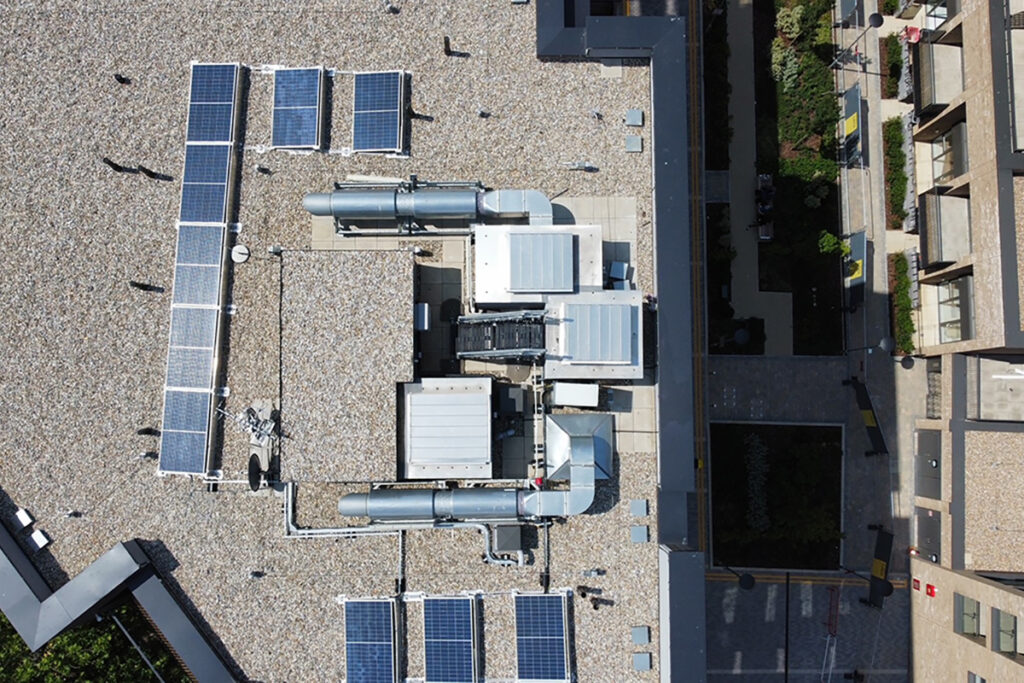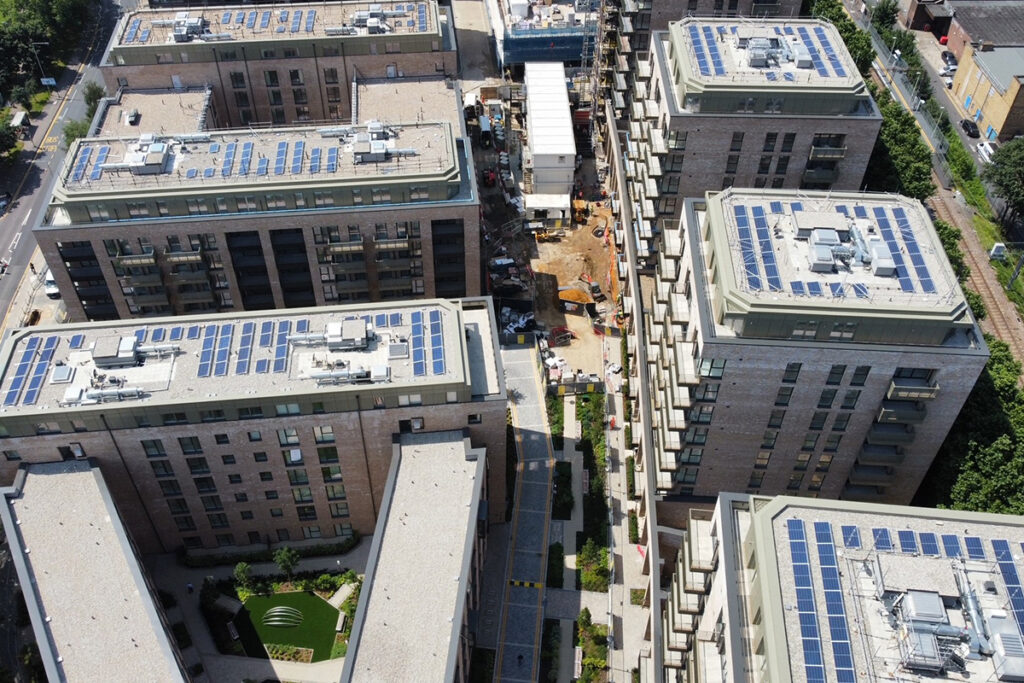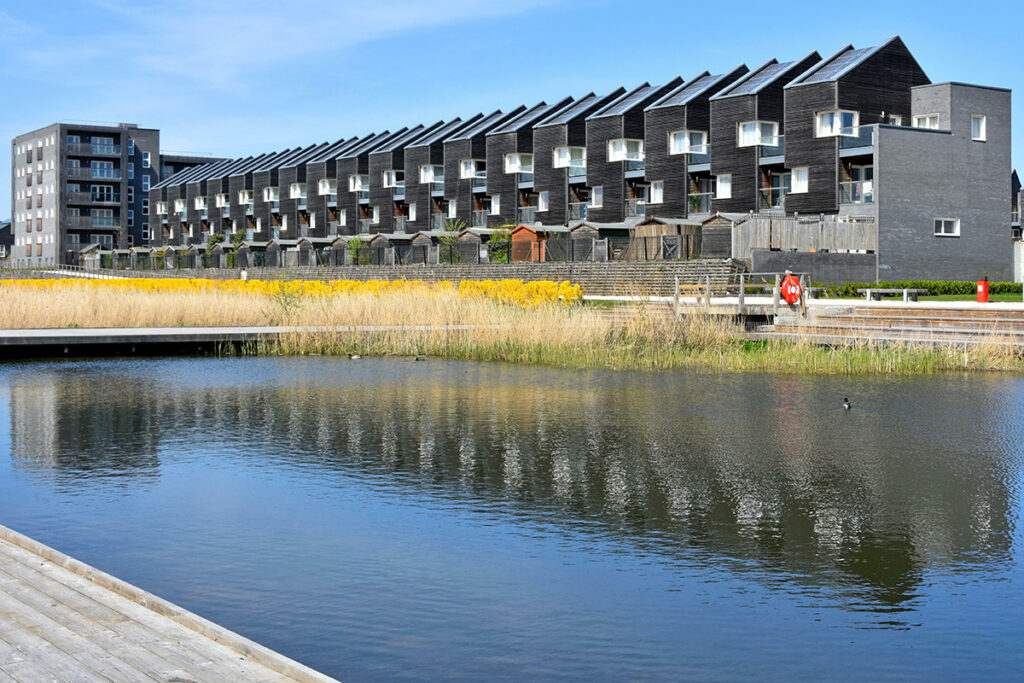What is BS 9999 and why use it?
BS 9999: 2017 – Fire safety in the design, management, and use of buildings – Code of practice is a British Standard that provides recommendations for fire safety in building design, management, and use.
It complements BS 9991:2015, which pertains to fire safety in the design, management, and use of residential buildings, functioning as a code of practice to meet the functional requirements of the Building Regulations.
It elaborates on how a more adaptable design approach can achieve adherence to fire safety legislation. BS 9999 offers more flexibility and detailed advice than the prescriptive approach of Approved Document B, allowing for innovative solutions and tailored fire safety strategies. While ADB offers guidance on meeting building regulations in typical scenarios, it may not adequately address complexities or larger-scale buildings. BS 9999 adopts a holistic approach to fire safety, permitting compensatory measures to address factors like travel distances or escape door widths.
This standard adopts a risk-based framework that considers diverse human factors and incorporates principles of inclusive design as per the Disability Discrimination Act.
BS 9999 applies to various building scenarios, including new constructions, extensions, existing structures, and those still in the design phase. Additionally, maintaining robust fire safety strategies is facilitated by an assessment tool that outlines procedures for testing elements such as exit accessibility and overall safety of occupants. The standard also encompasses the maintenance of fire detection systems, offers guidance on employee fire safety training, facilitates efficient evacuation planning, and delineates leadership responsibilities during emergencies.
Who is BS 9999 relevant to?
BS 9999 serves architects, fire engineers and other designers involved in planning and conceptualising buildings. It also addresses the needs of facilities, building managers, and building control officers, who ensure compliance and safety standards. Furthermore, it is pertinent for fire and rescue services, fire risk consultants, and fire safety engineers involved in assessing and managing fire risks.
Additionally, installers of various fire safety equipment such as fire and smoke alarms, sprinklers, and smoke and heat control systems benefit from the guidelines outlined in BS 9999. Certification and installation schemes inspectors also find the standards and recommendations of BS 9999 valuable in their evaluation processes.
Using BS 9999 as a guideline can help stakeholders involved in building design, management, and safety assurance create and maintain safer environments for occupants by comprehensively and effectively addressing fire safety.
It’s important to note that while BS 9999 provides comprehensive guidance, local regulations, building codes, and specific circumstances might require additional considerations or adaptations
Consulting with FDS Contracting and FDS Consult (UK) will ensure full compliance and the most effective system implementation.




